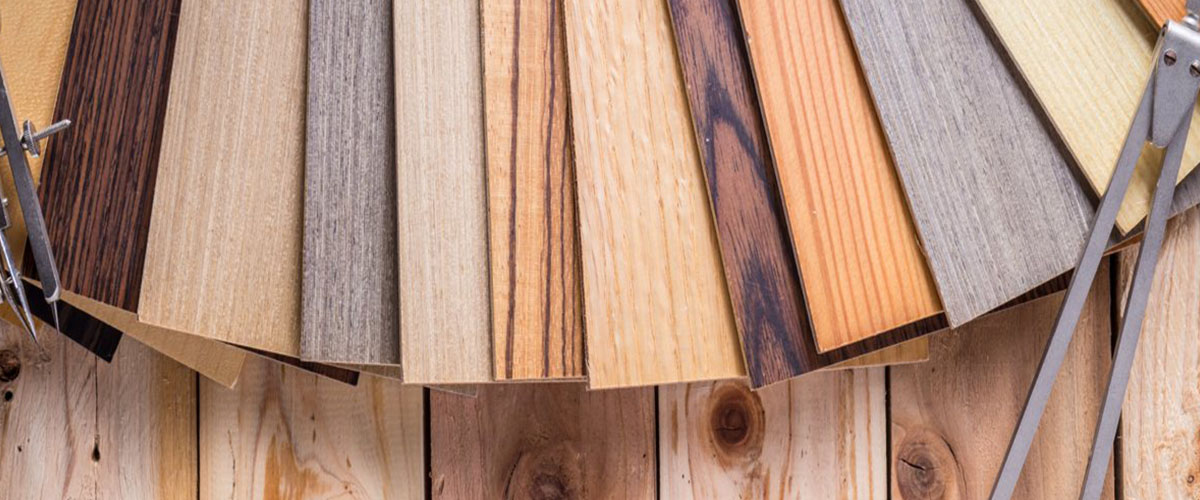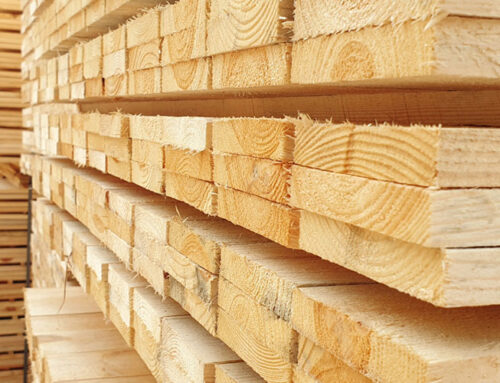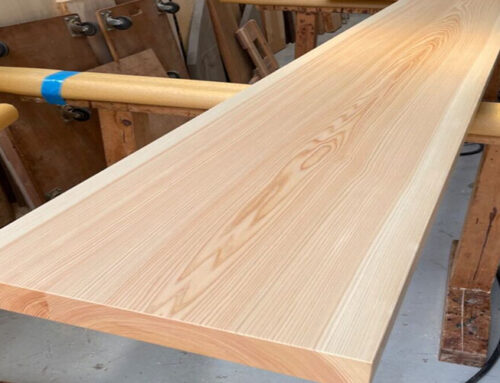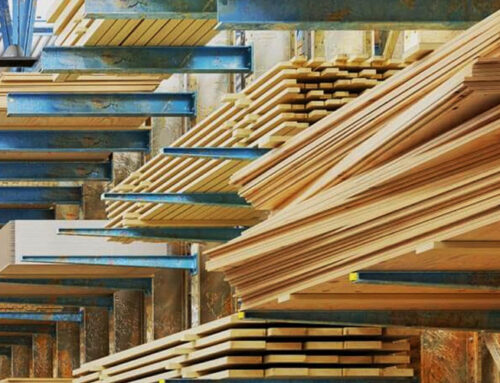Veneer | Veneer Sheet Price | Veneer Definition | Wood Veneer Sheets
Wood has been an integral part of interior design for centuries, providing warmth, character, and a timeless appeal to spaces. Among the various wood options available, veneer stands out as a versatile and aesthetically pleasing choice. In this blog, we will delve into the world of veneer, exploring its characteristics, applications, and the reasons why it continues to be a popular choice for enhancing the beauty of furniture and interiors.
What is Veneer?
Veneer is a thin layer of wood, typically ranging from 0.6 to 6 millimeters in thickness, that is carefully sliced or peeled from a log. This process allows manufacturers to maximize the use of valuable hardwoods by creating a thin layer that can be applied to less expensive or more sustainable substrates. The result is a product that retains the natural beauty and characteristics of solid wood but with increased flexibility and efficiency in its use.

Yes, veneer is made from real wood. It is a thin layer of wood that is sliced or peeled from a log. The process involves cutting or peeling the wood into thin sheets, typically ranging from 0.6 to 6 millimeters in thickness. These thin sheets, known as veneers, retain the natural characteristics of the wood, including its grain patterns, colors, and textures.
Veneer is often applied to substrates such as plywood, medium-density fiberboard (MDF), or particleboard to create panels or sheets with the appearance of solid wood. The use of veneer allows for the preservation and utilization of valuable hardwoods more efficiently, as it extends the coverage of a single log across a larger surface area.
While veneer provides the aesthetic beauty of real wood, it is important to note that it is not solid wood throughout; rather, it is a thin layer adhered to a substrate. This allows for cost-effective yet visually appealing applications in furniture, interiors, and architectural elements.
Characteristics of Veneer:
- Natural Beauty: One of the primary reasons for the popularity of veneer is its ability to showcase the natural beauty of wood. The unique grain patterns, textures, and colors of different wood species can be highlighted through the veneering process.
- Versatility: Veneer can be applied to a variety of substrates, including plywood, medium-density fiberboard (MDF), and particleboard. This versatility allows for greater design flexibility and makes veneer suitable for a wide range of applications.
- Cost-Effective: Compared to solid wood, veneer is often a more cost-effective option. It allows for the creation of high-quality furniture and interiors at a fraction of the cost of using solid wood throughout.
Applications of Veneer:
- Furniture: Veneer is widely used in the furniture industry to create elegant and durable pieces. From classic wooden tables to modern cabinets, veneer provides the opportunity to achieve a sophisticated look without the hefty price tag.
- Interior Paneling: Veneer can be applied to interior walls, ceilings, and panels, adding warmth and character to a space. This application is common in both residential and commercial settings.
- Doors and Cabinets: Many high-end doors and cabinets feature veneer due to its ability to create a polished and refined appearance. Veneered doors and cabinets can be found in homes, offices, and luxury establishments.
- Architectural Applications: Veneer is not limited to furniture and interiors; it is also used in architectural applications such as columns, beams, and decorative elements to enhance the overall aesthetic of a building.
Sustainability Considerations:
As sustainability becomes an increasingly important factor in design and construction, veneer offers an eco-friendly option. By using thin slices of wood, manufacturers can maximize the use of each log, reducing waste and promoting responsible forestry practices.
Conclusion:
In the world of interior design, veneer stands out as a timeless and elegant choice. Its ability to showcase the natural beauty of wood, coupled with its versatility and cost-effectiveness, makes it a popular option for creating stunning furniture and interiors. As we continue to value sustainable practices, veneer remains a key player in the pursuit of both beauty and environmental responsibility. Whether used in furniture, paneling, or architectural elements, veneer continues to unveil the inherent elegance of wood in the most refined and sustainable manner.






Leave A Comment